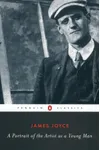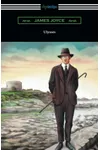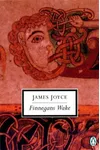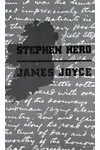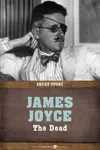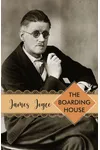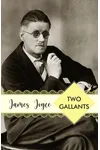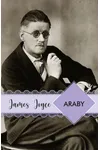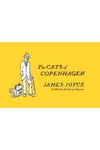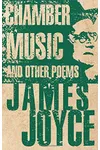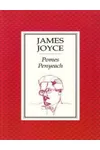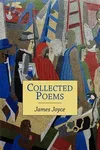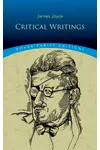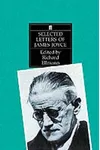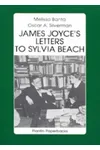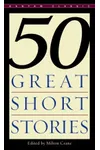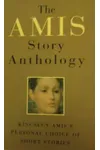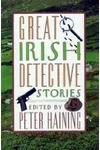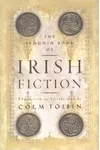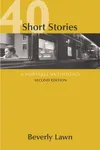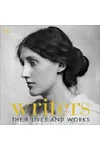Picture an Irish wordsmith who turned the literary world upside down with a single day in Dublin—meet James Joyce! Born in 1882, Joyce redefined storytelling with his daring experiments in language and consciousness, crafting masterpieces like Ulysses and Finnegans Wake that still captivate and confound readers today.
From the cobblestone streets of Dublin to the global stage, Joyce’s innovative narratives and sharp wit made him a titan of modernist literature. Let’s dive into his life, works, and the legacy that continues to spark curiosity and debate!
The Making of James Joyce
James Augustine Aloysius Joyce was born on February 2, 1882, in Dublin, Ireland, into a large, middle-class Catholic family. Despite financial struggles, Joyce’s early education at Jesuit schools honed his sharp intellect and love for language. He devoured European literature, from Dante to Ibsen, which shaped his rebellious spirit and literary ambitions. After graduating from University College Dublin, Joyce left Ireland in 1904, seeking artistic freedom in continental Europe, where he lived in cities like Paris and Trieste with his partner, Nora Barnacle.
His early years were marked by financial hardship, teaching English, and writing reviews, but Joyce’s determination to break literary conventions never wavered. His experiences in Dublin, steeped in its culture and contradictions, became the heart of his storytelling.
James Joyce’s Unforgettable Works
Joyce’s literary career began with Dubliners (1914), a collection of 15 short stories capturing the lives of ordinary Dubliners with stark realism and subtle epiphanies. Its vivid portrayal of paralysis in Irish society set the stage for his bolder experiments.
His novel A Portrait of the Artist as a Young Man (1916) followed, a semi-autobiographical tale of Stephen Dedalus’s intellectual and spiritual awakening. Joyce’s stream-of-consciousness style began to emerge, offering readers a raw, intimate glimpse into the mind. Then came Ulysses (1922), his magnum opus. Set on June 16, 1904, this epic follows Leopold Bloom through a single day in Dublin, weaving mythology, humor, and linguistic virtuosity. Its unconventional structure and frank themes sparked controversy, but it’s now hailed as a cornerstone of modern literature.
Joyce’s final work, Finnegans Wake (1939), pushed boundaries further with its dreamlike, multilingual prose. A challenging yet mesmerizing exploration of history and human experience, it remains a puzzle for scholars and adventurers alike. Joyce’s playful, layered style and deep dive into consciousness redefined what novels could do.
Why James Joyce Matters
Joyce’s influence on literature is immeasurable. His fearless innovation inspired writers like Virginia Woolf and Samuel Beckett, while his focus on everyday life elevated the ordinary to the profound. Ulysses alone reshaped narrative possibilities, blending high art with humor and humanity. Beyond literature, Joyce’s celebration of Dublin—now marked by global Bloomsday events on June 16—cemented his cultural impact.
His works continue to challenge readers, sparking debates and inspiring adaptations in film, theater, and music. Joyce didn’t just write stories; he rewrote the rules of storytelling, inviting us to see the world anew.
About James Joyce
- Born: February 2, 1882, Dublin, Ireland
- Key Works: Dubliners, A Portrait of the Artist as a Young Man, Ulysses, Finnegans Wake
- Notable Fact: Joyce’s Ulysses was banned in several countries for its explicit content but later celebrated as a literary milestone.
- Died: January 13, 1941, Zurich, Switzerland
Ready to explore Joyce’s world? Grab Dubliners or brave Ulysses for a wild ride through his brilliant, boundary-breaking mind!
